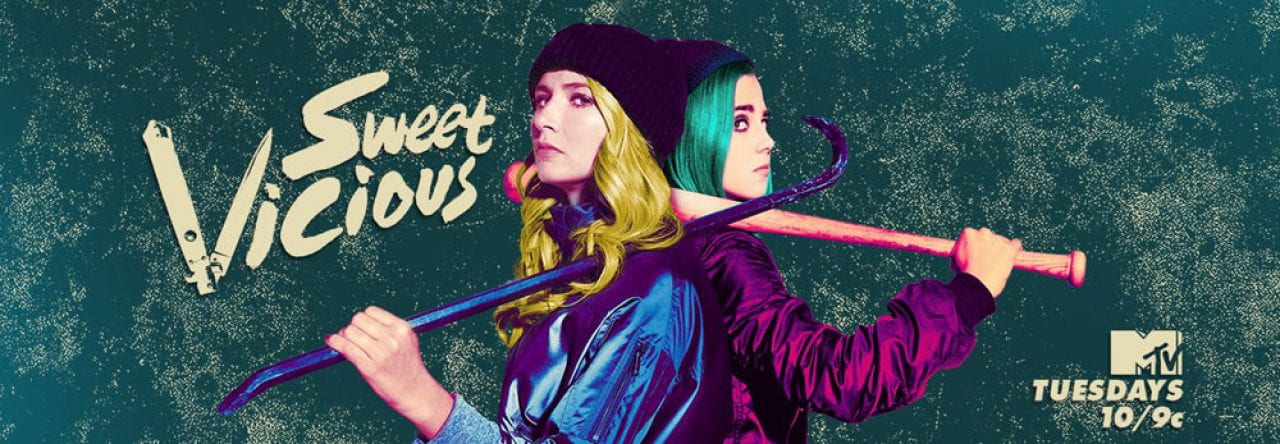
The main characters of Unbreakable Kimmy Schmidt
In terms of gender representation, Unbreakable Kimmy Schmidt may be one of the most diverse that I’ve seen. Unbreakable Kimmy Schmidt follows mostly female characters and has feminist undertones – no doubt an effect of having Tina Fey as one of the main writers. Interestingly, the main characters are mostly women comprised of Kimmy, Jacqueline, and Lillian. The only exception is Titus. But even he defies traditional main male character representation with his character being a flamboyant, gay man with traditionally feminine interests.
The story focuses on Kimmy surviving in New York. She makes her own decisions and fuels her own success. Although she makes fumbles here and there because of her naivety, she makes responsible and positive choices that benefit the people surrounding her. Even with her background with the bunker, she never lets her past experiences rule and control her own life, representing a clean break from her captor.
In contrast, Jacqueline’s husband has yet to make an appearance on the show. Yet his decisions appear to have a heavy impact on Jacqueline’s state of being. For example, in the second episode, Jacqueline’s husband is unable to make his son’s party, leaving Jacqueline in distress. The heavy hand he has suggests a large amount of control over Jacqueline’s happiness. The show’s juxtaposition of these two characters highlights Jacqueline’s dependence on her husband. In the future episodes, it would be amazing to see Jacqueline break off from her strong dependence and realize her full potential.
One interesting aspect of the TV show is Jacqueline, a privileged, upper-class woman focused on her socioeconomic status. The show reveals that she actually holds roots in the Native American Lakota Tribe. With Native Americans being one of the most underrepresented groups on television, the show makes an interesting choice by casting Jane Krakowski, a white woman, as a Native American. While this may be a controversial choice, the show makes humorous and purposeful use of the concept to make social statements. For example, Jacqueline thinks that being white and blonde while using her sexuality will elevate her social and economic status (and surprise – it does).

Comments are closed.